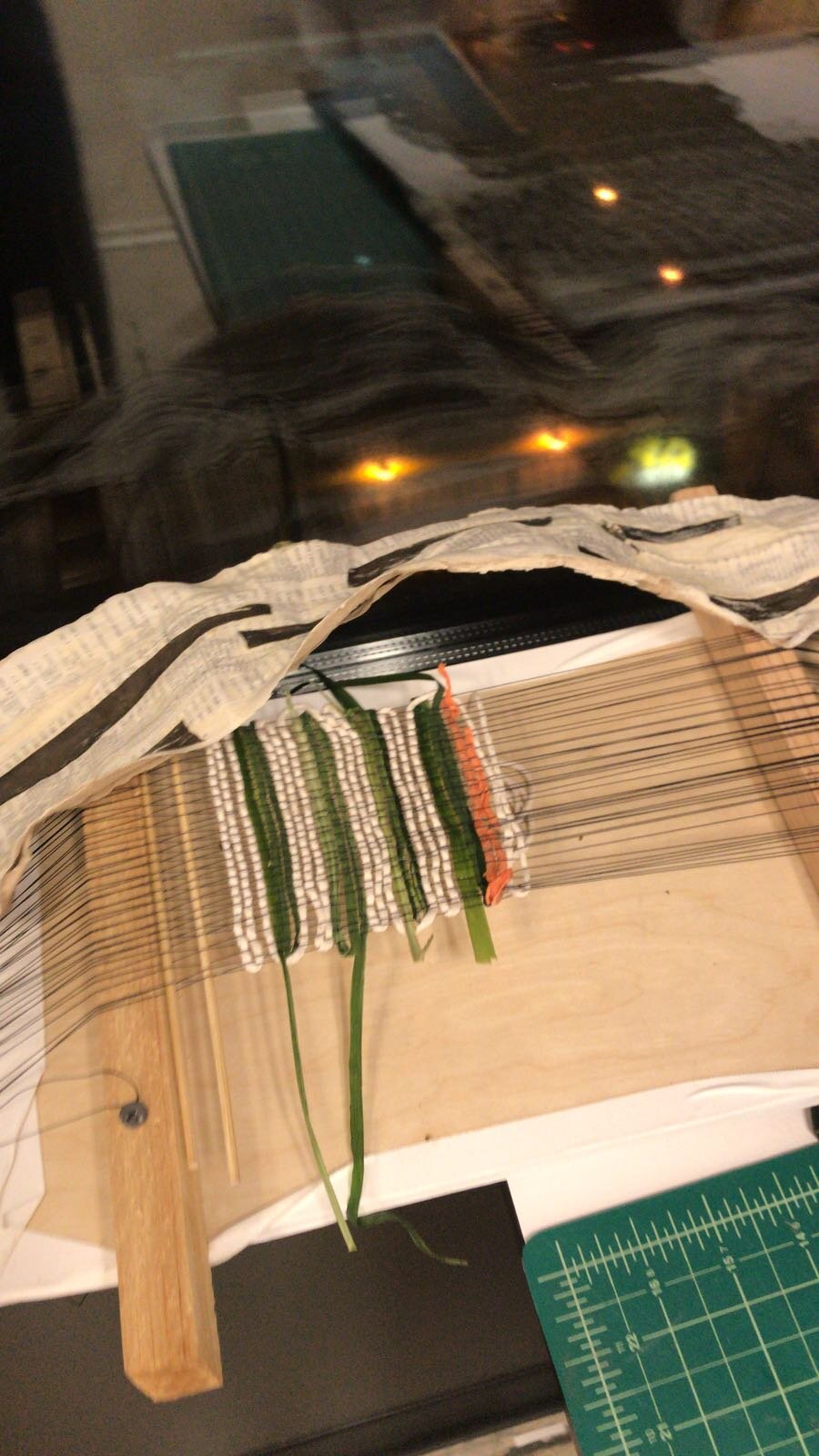In a world of water scarcity, how is fashion and identity affected?
Water | Fashion | Identity
A design fiction, and speculative future project.
Future Scenario
In 2068, clean water has become a scarcity in the world, affecting life on Earth as we all know it. As such, we explored two different futures that had distinct political and socio-technological overtones. What would be the SOCIAL, CULTURAL, and TECHNOLOGICAL consequences of such scenarios?
One future was totalitarian, mandating the wearing of a Sustainable Global Uniform, in the hopes of curbing water usage.
The other future was one of self-sovereignty, where technology has allowed the proliferation of materials and fashion in a completely new way.
Identified Challenge
Our research on the causes and the main water-consuming activities of the contemporary society quickly led us to understand that one industry, in particular, was one of the main contributors to water scarcity- fashion and clothing production.
Responsible for consuming 79 billion cubic meters of water (enough to fill 32 million Olympic-size pools). The fashion industry only gets thirstier as forecasts show an increase in consumption by 50% in 2030 if nothing changes. It takes 2,720 liters of water to make a T-shirt (as much as you’d drink over three years). The current fabric dying process contributes to polluting 20% of all industrial activity related to water.
The challenge of water scarcity is one that impacts and can compromise life on Earth in much less time than imagined. In fact, many regions of the planet have already experienced the impact of water scarcity for at least 1 month every year. Cities like Cape Town, Mexico City, São Paulo, Beijing, Jakarta, Bangalore, Tokyo, London, just to name a few, already face degrees of change in the challenges of managing and curbing water consumption.
“Design fiction objects are totems through which a larger story can be told, or imagined, or expressed. They are like artifacts from someplace else, telling stories about other worlds. - Bleecker”
The Process
Since ancient times, people have been expressing themselves aesthetically and from an ideological point of view throughout human history. Dressing up is a political and ideological act that helps people situate themselves socially and from a cultural and self-identity perspective.
For our team, fashion is a rich perspective and topic that has helped us build a socio-technological and ecological framework to speculate about our world and our society’s future behavior, say, 50 years from now.
Rather than seeking solutions to the future challenges of fashion and its water consumption, this speculative design project intends to imagine what the possible futures can become and provoke people to raise questions like the following:
The Outcome:
This project proved to us both how challenging and also how productive the practice of designing futures is. This class has provided us with ways to play with, morph with, and question our past, present, and future. It was vital for us to look back into the past- what questions are we asking where there was an analogous frame or history? What evidence do we have that this future is a possibility?
This act of playing across the time spectrum was tough, added on to the expansive possibilities of what a future can be, to fill in a future that is otherwise ‘empty.’ We also had to do extensive research to understand water scarcity, fashion, and identity.
At the same time, each time we pressed ourselves for more evidence or exploration was another opportunity to make the project more productive. Also, by combining three design methodologies, we learned how much more productive we could do our project. Eyes widened, and jaws dropped when people saw our installation, and people clearly thoroughly enjoyed the mannequin exercise.
This practice of designing futures needs more adaptation and more research to find more expansive and even more productive ways of provoking thought and questions. We have learned a lot in using and framing our design skills in a slightly different and more provocative way for all of us.















